(Lyon, 1812 - Lyon, 1885)
Banyuls beach harbour
Oil on paper mounted on cardboard
H. 36 cm; W. 52 cm
Provenance: - BR Collection, Lyon
Ponthus-Cinier belongs to what could be defined as the third (and so to speak last) generation of neo-classical or historical landscape artists, born in the years 1810/1820, such as Félix Lanoüe, Achille Bénouville, Paul Flandrin, Eugène Ferdinand Buttura or Alfred de Curzon. More particularly, he is considered the main and most popular representative of the landscape artists of the Lyon school around the middle of the 19th century. Of a generous, honest personality, and pleasant company, Ponthus-Cinier came from a family of merchants on his mother's side and magistrates on his father's side; destined for commerce by his parents, he preferred the artistic path, and after enrolling at the Lyon School of Fine Arts in 1829, and training in Paris with Paul Delaroche, he exhibited his first works at the Lyon Salon of 1839, before participating in the Paris Salon in 1841. That same year, he received the second prize of Rome for historical landscape (won by Buttura in 1837, and Bénouville in 1845), beaten by the Versaillais Lanoüe. To perfect his skills, Ponthus-Cinier then decided to go to Italy, alone and at his own expense, for a single stay between 1842 and 1844; He discovered the Ligurian coast, Tuscany, Naples, and of course Rome and its surroundings, and produced a considerable number of studies (painted sketches or pen sketches) which he used to compose views of Italy throughout his career. Ponthus-Cinier's main qualities probably lie in "the art of illuminating a canvas" as A. Jouve wrote in the 19th century, and in his sense of perspective, sometimes truly extraordinary; on the other hand, he seems, most of the time, a little less brilliant in the figures and in the transcription of details.
Our painting shows a calm view of the small port of Banyuls around 1850 before its massive urbanization. On the beach, beached fishing boats await departure, their sails folded. A few fishermen are busy, while a solitary sail splits the horizon. In the background, the village and its cliffs are bathed in the soft morning light.










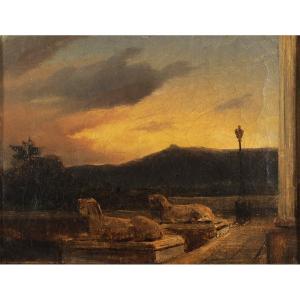




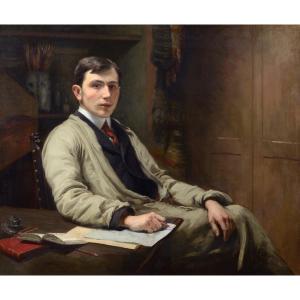






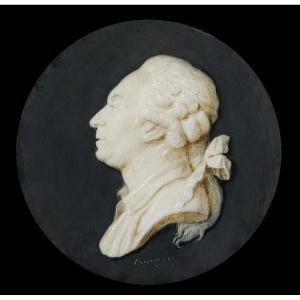

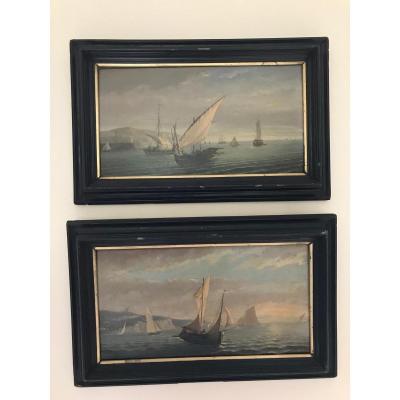
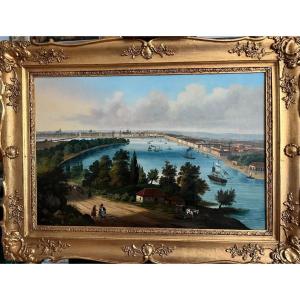


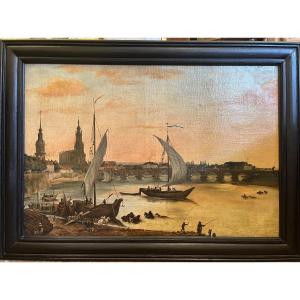



 Le Magazine de PROANTIC
Le Magazine de PROANTIC TRÉSORS Magazine
TRÉSORS Magazine Rivista Artiquariato
Rivista Artiquariato